
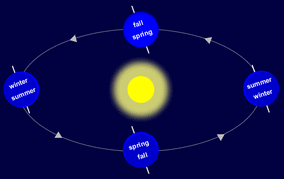 The key to understanding why the seasons change and summer is coming for us soon is to look at how much sunlight is shining on our hemisphere. We are in the northern hemisphere (top half), but Australia is in the southern hemisphere (bottom half). On June 21 when it's summer here, it will be winter there. The video below will show you why. When you watch the video below, remember that those of us in Peabody, Massachusetts, in the United States are all in the northern hemisphere (top half) of the Earth. In that picture, it shows you that in December the top is tilted AWAY FROM the sun, so it's in winter. Notice how much less sunlight our half of the Earth is getting! The bottom half of the Earth (the southern hemisphere) is getting much more sun, so in December it's in summer. 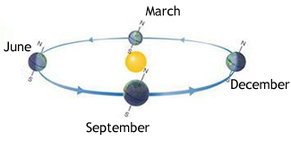 So remember, the tilt of the Earth stays the same. As a result, in June when the top half gets a lot of sunlight which makes summer, but at the same time the bottom half doesn't get as much sunlight so it makes winter.
Today we had a visit from Mr. Kidawski, an actor from Young Audiences of Massachusetts (Historical Perspectives). In his show, he "becomes" Abraham Lincoln so we get to learn about his life. We saw what happened to him when he was a kid and heard how he felt about it. We also got to hear how his early experiences made him make choices later on when he became an adult, why he decided to run for president, and the decisions he made for our coutnry when he was our leader.
What's something you learned about President Lincoln? Here at McCarthy we feel lucky to have a safe school to go to. We wish the same for children everywhere.
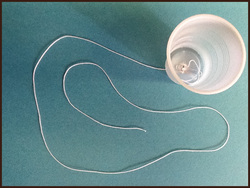 Today Mr. Wahle came to teach us about how we can hear sounds, and how sounds are made. To the left is a "chicken" that makes a clucking noise. What do you think would happen to the sound if you used a bigger cup? Below is a "buzzing bee." What do you think would happen to the sound if we used a longer stick and bigger index card?
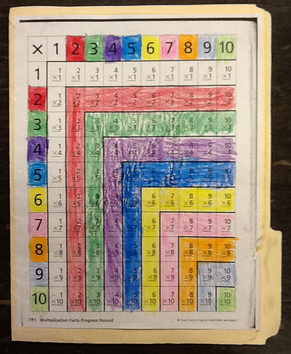 We have been in school for 9 months now! As a result we've studied our multiples and rules of divisibility through 10.
This includes interpreting remainders. For example, if you had 32 Skittles and were splitting them with some friends, how many would the 5 of you get, and what might you do with the left over Skittles? Answer in the comments below, and write a new question for the person who comments next to answer. 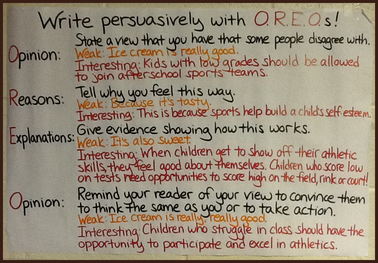 We are writing opinions. So far we have worked on choosing an opinion that we feel strongly about, that not every person will agree with. We've read lots of different opinion and persuasive pieces and identified some techniques that the writers use to convince us that their opinion is "right."
Now we are working on writing an opinion piece that has effective organization. In stories we organize our ideas into the beginning, middle, and end. In nonfiction we organize our ideas into main ideas with details. But when we write persuasively, we need to use our OREOs!
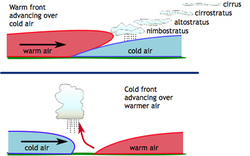 This will be a long post about weather changes that we call fronts! I'll divide it into sections to make it easier to choose parts to read. **1** This site below has a better explanation of warm and cold fronts than your book. However: 1. It has some ads. You shouldn't click on those, because they are off-topic. 2. The song at the top won't teach you as much as reading the text. 3. Click on the arrows at the bottom (near the middle) to get to the next page. 4. When you get to the page on tornadoes, that should tell you that you're in a different chapter. The changeover is abrupt! http://www.kidsgeo.com/geography-for-kids/0126-fronts.php **2** If you would rather watch a video about fronts, here is one with good information: **3** This site will show a scientific demonstration that PROVES warm air rises above cold air (just like warm water rises above cold water). There is a video ad that plays before the demonstration that you have to watch (or mute the sound). http://www.weather.com/video/creating-a-weather-front-19179 **4** This video below is a cartoon, and the characters give a good explanation of fronts, but they make a few little mistakes: 1. They say "it creates some weather," but they mean, "it creates some precipitation. 2. Don't throw a snowball at someone's head, even if you are demonstrating science. Also, they tell you the names of each different warm and cold front in the United States, which is interesting, but won't be on your fourth grade test. :) http://studyjams.scholastic.com/studyjams/jams/science/weather-and-climate/air-masses-and-fronts.htm **5** This video has a great animation of cold and warm fronts: 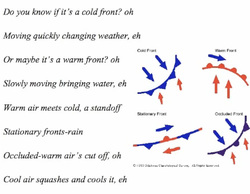 **6** Finally, here is a song that might sound familiar to you. Most of it is very complicated, but the bridge (repeating part, shown left) does tell you about warm and cold fronts! Listen to the video below. 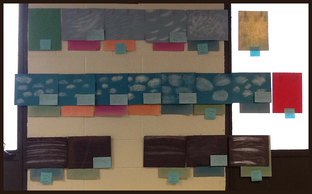 We learned about 3 types of clouds.
Cirrus clouds are high up, and they are created by wind. Cumulus clouds are puffy clouds that form on nice, sunny days. Stratus clouds are low, striped clouds. They appear on grey days and usually form into rain clouds later on. What sort of activities would you plan if you saw Cumulus clouds in the sky? |
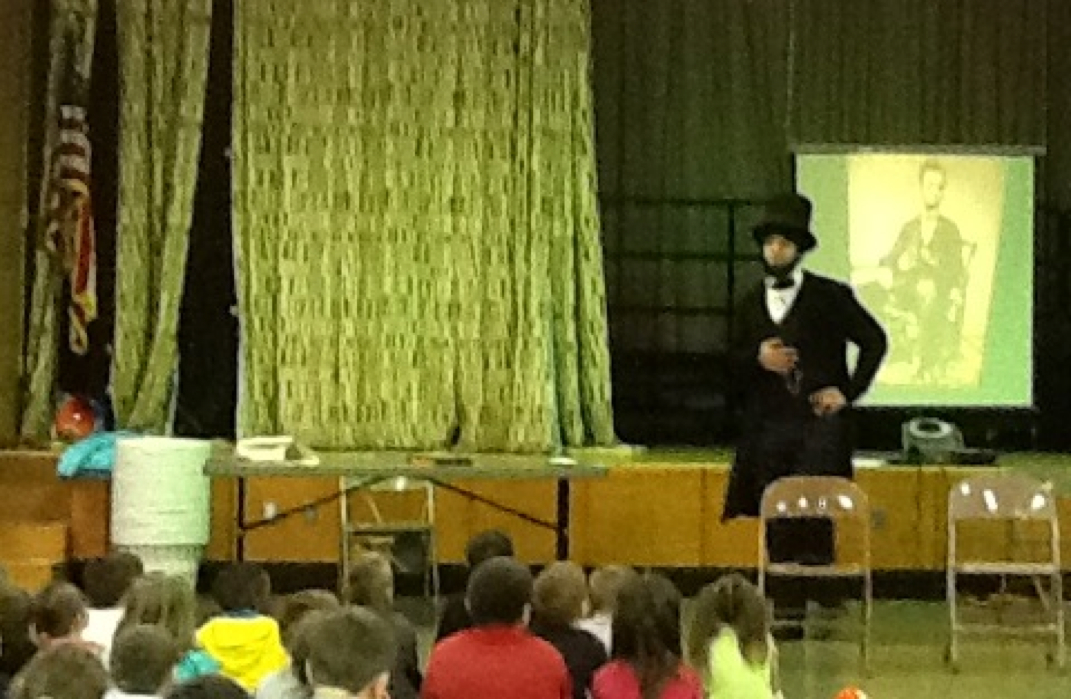
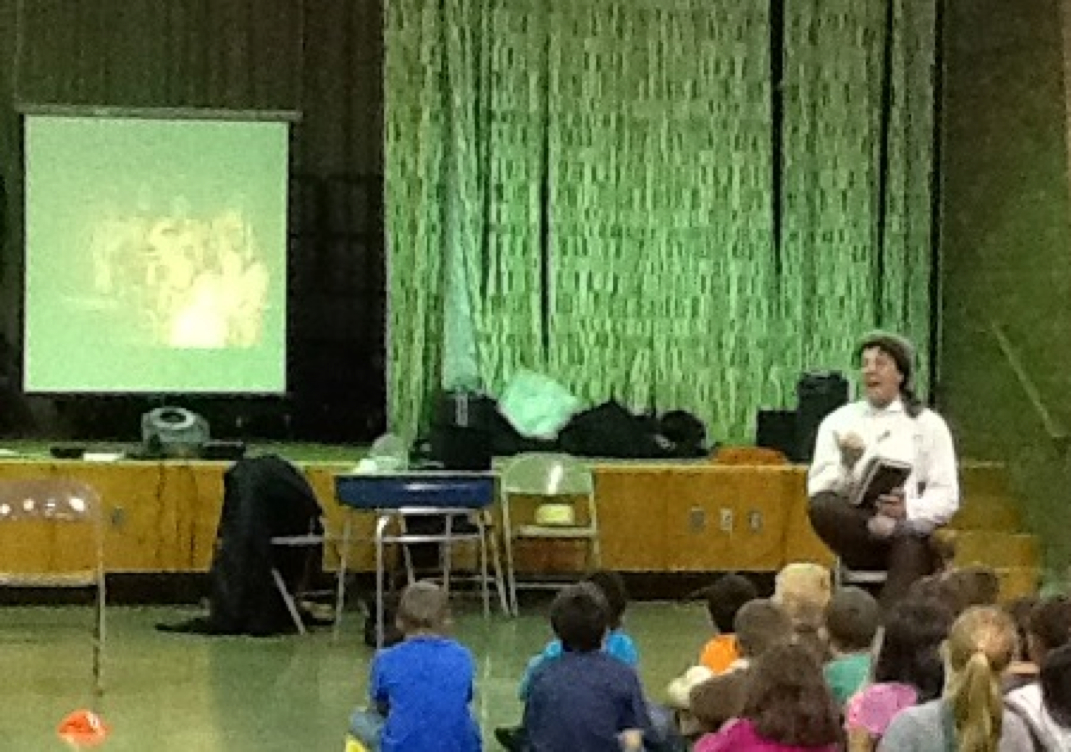
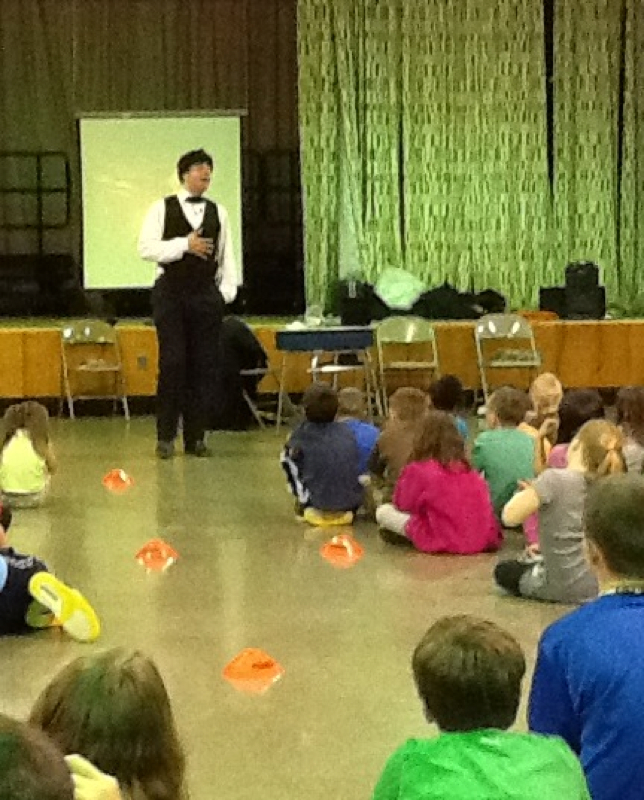
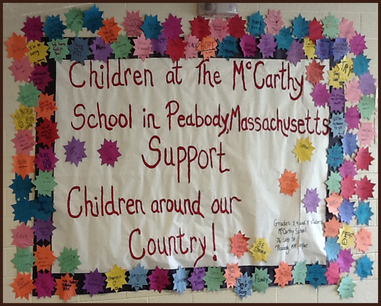

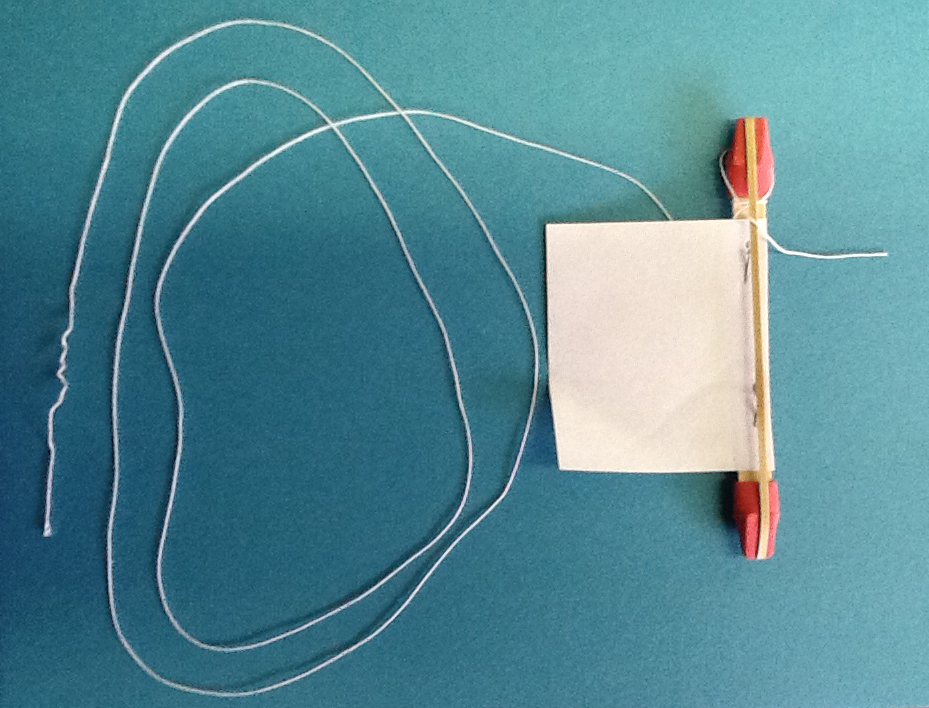

 RSS Feed
RSS Feed